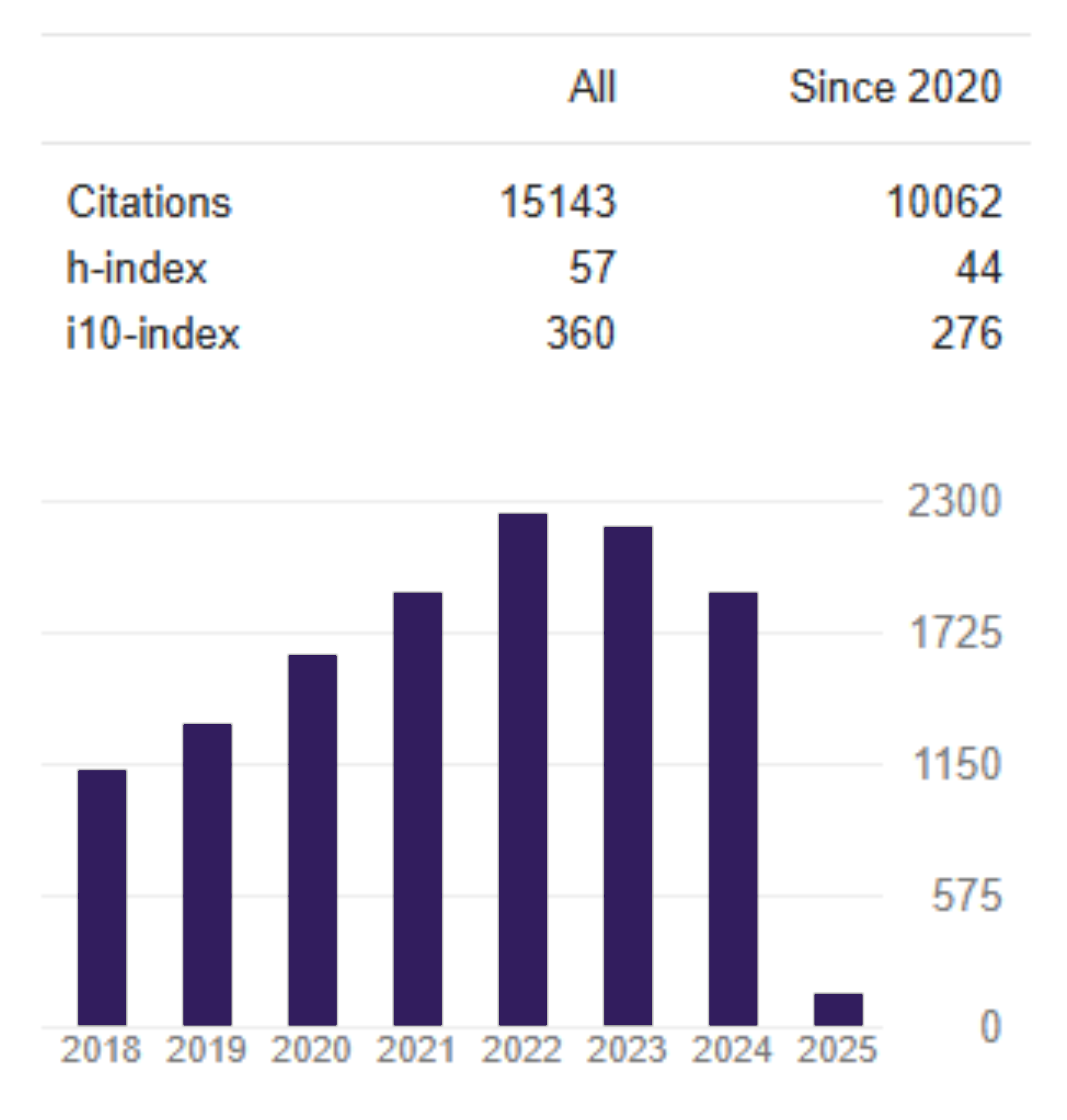Assessing Shock Volatility using Long Straddle Option Strategy: Evidence at IDX Composite
DOI:
https://doi.org/10.26905/jkdp.v22i1.1707Keywords:
Call Option, Option Straddle Strategy, Put Option, Shock VolatilityAbstract
This study was to identify the probability of occurrence of shock volatility and was impact on return of an investment. Using IDX Composite data from 1998 to 2016 and long straddle option strategy at IDX composite consisting of two phases: high volatility daily return was 7 years with a total of 3432 observations, using 1716 call option simulation contracts, and 1716 put option simulation contracts and low volatility daily return were 12 years with a total of 5528 observations, using 2908 call option simulation contract and 2908 put option simulation contracts. The result showed that the shocking volatility occurs greater when the volatility below the average year of observation. Shock volatility during the year low volatility of 44.25% and period of year high volatility of 34.49%. But if calculated in total, based on 8960 observation from 1998-2016, where 4480 was call option and 4480 transactions were put transaction there were 1815 incident shock volatility or equal to 40.51. So the potential for profit (call and put option holders) or potential loss (call and put option seller) per day due to the occurrence of shock volatility of 40.51%.
JEL Classification:Â G13, G17
Downloads
References
Ahmad, M. I. (2013). GARCH models for inflation volatility in Oman. Review of Integrative Business and Economics Research, 2(2), 1-7.
Bodie, Z., Kane, A., & Marcus, A. J. (2014). Investments. 10th Edition. New York: Mc.Graw Hill.
Çınar, G., & Uzmay, A. (2017). Does fear (vix index) incite volatility in food prices? International Journal of Food and Agricultural Economics, 5(2), 69-78.
Elenjical, T., Mwangi, P., Panulo, B., & Huang, C. (2016). A comparative cross-regime analysison the performance of GARCH-based value-at-risk models: Evidence from the Johannesburg Stock Exchange. Risk Management, 18(2–3), 89–110.
He, K., Lai, K. K., & Xiang, G. (2012). Portfolio value at risk estimate for crude oil markets: A multivariate wavelet denoising approach. Energies, 5(4), 1018-1043.
Hendrawan, R. (2017). Forward, forward option, and no hedging which one is the best for managing currency risk? Jurnal Keuangan dan Perbankan, 21(3), 356–365.
Hull, J. C. 2009. Options, futures, and other derivatives. 7th Edition. New Jersey: Prentice Hall.
Karbe, J. M., Pfaffel, O., & Stelzer, R. (2012). Option pricing in multivariate stochastic volatility models of OU type. SIAM Journal of Financial Math, 3(1), 66–94.
Londoño, J. A., & Sandoval, J. (2015). A new logistic type-model for pricing European options. SpringerPlus, 4, 762.
Patil, A., Madhuri, G., & Jha, B. (2017). Modeling volatility clustering of bank index: An empirical study of Bank Nifty. Review of Integratif Business and Economics Research, 6(1), 224-239.
Sudha, S. (2015). Risk-return and volatility analysis of sustainability index in India. Environmental, Development, and Sustainability: A Multidisciplinary Approach to the Theory and Practice of Sustainable Development, 17(6), 1329–1342.
Tripathy, N. (2011). Forecasting volatility of Indian stock market and macroeconomic variables. International Journal of Arts & Sciences, 4(9), 225–238.
Downloads
Published
Issue
Section
License

This work is licensed under a Creative Commons Attribution-ShareAlike 4.0 International License.



